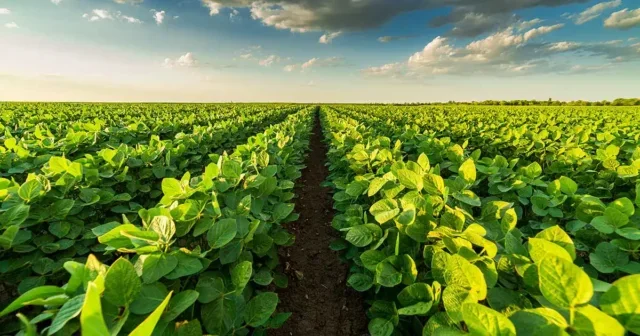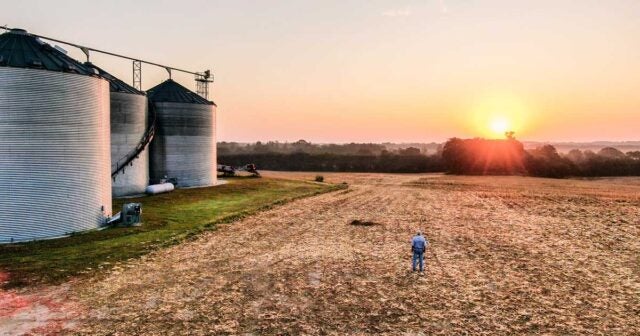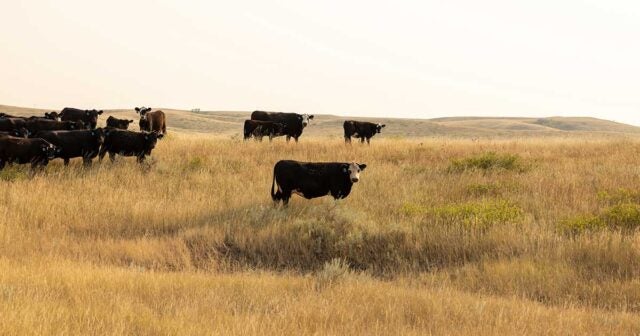- Resources
- Increasing extreme heat is hurting Kansas farmers’ bottom line
Resources
Increasing extreme heat is hurting Kansas farmers’ bottom line
Published: January 17, 2024 by Mai Lan Hoang, EDF
During the summer of 2023, Kansas endured a historic heat wave with temperatures soaring above 110°F in some areas. As climate change continues to intensify, the frequency and severity of extreme heat are projected to increase. Are Kansas farmers at risk of losing money in the face of these extreme growing conditions? A new study by EDF, Kansas State University and Cornell University aimed to answer this question by examining the impacts of extreme heat over the last four decades.
Extreme heat reduces farmers’ income, especially take-home pay.
Although extensive research has explored the effects of climate change on agricultural production, detailed financial implications for farmers have been lacking. Yet, for most farmers, the bottom line remains the most crucial concern. By evaluating the financial outcomes across 6,958 unique farms over a 40-year period, Kansas State and Cornell researchers were able to look at just that: the impacts of extreme heat on Kansas farmers’ income.
The study found that for every 1⁰C of warming, gross farm income decreased by 7%, and net farm income decreased by a whopping 66%. For an average farm, this translates to a loss of about $43,000. To provide context, consider this: a temperature rise comparable to the 2012 drought, one of the most significant droughts in recent years, would result in a staggering 105% reduction in net farm income for an average farm in Kansas.
And it’s not just about immediate losses. Extreme heat is expected to have a lasting impact on land values. The study estimated that land value growth was 5 percentage points lower, and farm equity growth was 5.6 percentage points lower than would have been without increasing extreme heat. This means that landowners lost value to their assets that they could have gained without extreme heat.
Farmers’ management decisions and tools provide some relief but not a complete safeguard.
The impacts of extreme heat on farm income could have been worse if farmers didn’t have access to crop insurance, make inventory adjustments or have access to irrigation. The study found that crop insurance helped recover 51% of net income losses while crop inventory adjustments helped recover 16% of the losses. In addition, farms with above-average irrigation access experienced 37% less net income losses compared to other farms in the study. Despite these buffers, farmers aren’t entirely shielded from the losses posed by extreme heat.
Supporting on-farm adaptation can help farmers build resilience to climate change.
Supporting farmers’ adaptation to climate change is critical to support their continued success, requiring collaborative efforts from various stakeholders. Some of the actions that can help enhance farmers’ resilience are:
- The USDA, Land Grant Universities and the private sector can increase research, outreach and education on climate resilience solutions to support farmers’ adaptation to climate change.
- The Federal Crop Insurance Program can support farmers in implementing on-farm climate change-resilience measures while continuing to provide financial risk management.
- Agricultural lending institutions can support their farmer borrowers in making investments that reduce climate change risks on the farm. EDF’s and Deloitte’s “Strategies to address climate risks and capture opportunities: a guide for agricultural finance institutions” provides five strategies agricultural lending institutions can take to address climate change risks in their loan portfolios.
Extreme heat means serious financial setbacks for farmers on the ground. With intensifying climate change impacts, supporting farmers’ adaptation is urgent to minimize devastating impacts on their bottom line.
Extreme heat’s impact on farm financial outcomes in Kansas
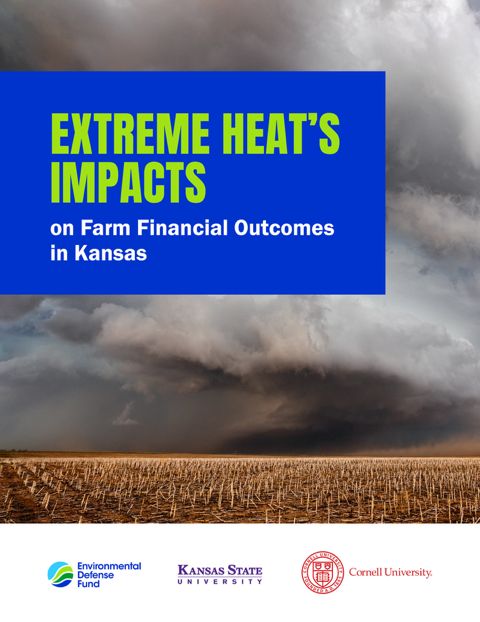
Our Experts
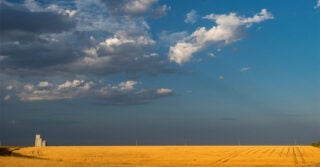
-
Financial Solutions for Agricultural ResilienceLearn more


